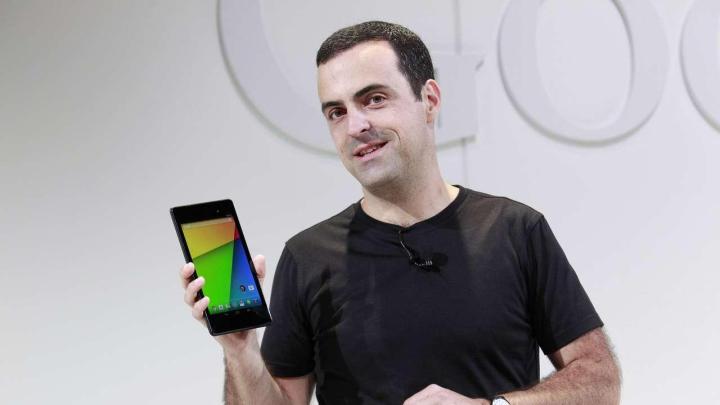
Google’s Hugo Barra, current Vice President of Android Product Management, has announced he will be leaving the company, and in the next few weeks, joining the Chinese smartphone manufacturer Xiaomi. He shared the news on his Google+ page, saying, “After nearly five-and-a-half years at Google and almost three years as a member of the Android team … I have decided to start a new career chapter.”
While Barra’s name may not be as familiar to everyone in the same way as Google co-founders Larry Page and Sergey Brin, there’s a good chance you’ll recognize his face, as he has appeared on stage at various Google events over the past years. Most recently, during Google’s breakfast meeting at the start of August, he introduced the new Nexus 7.
So that’s a reminder about Hugo Barra, but what about the company he’s joining? Xiaomi probably won’t be a name you recognize at all, as up until now it has only produced hardware for China. But that’s almost certainly going to change, as Barra will be Vice President of Xiaomi Global. In his Google+ post, he says he’s going to be working on expanding their, “Incredible product portfolio and business globally.” A tweet from Xiaomi Mobile’s Twitter account confirms this, saying, “Hugo will be responsible for international business development and Android strategic partnerships.”

As for its phones, its MI-2a (pictured to the right) and MI-2s have both gone on sale this year, boasting solid mid-range specs such as a 4.5-inch, 720p screen, an 8-megapixel camera, and dual-core processors. Its most recent announcement is the Hongmi, which uses a quad-core MediaTek chip to power its 4.7-inch screen. All its phones use Google Android, but like Amazon, Xiaomi’s version, called MiUI, is heavily modified.
If Xiaomi wants to make a splash outside China, it knows it’ll probably going to have to do better, so we’re excited to see its plans for global expansion in the future.
Editors' Recommendations
- Walk the Great Wall of China in Google’s latest virtual tour
- Which Google One subscription is right for you? Google’s paid plans explained
- Tipping the balance: The story of Huawei’s bold, Google-free mobile ecosystem
- Xiaomi boasts about Mi 10 Pro having Google apps, baiting rival Huawei
- Xiaomi Mi 10 phones launch in China with Galaxy S20-baiting specs


